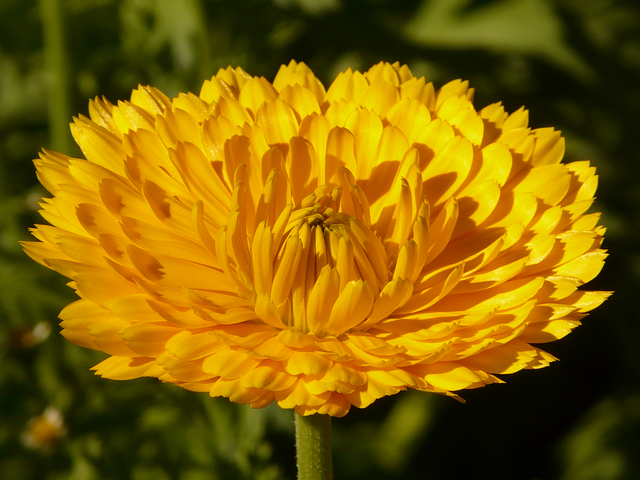PRODUCING OF NEW VARIETIES
Besides the gratification that always accompanies the growing of plants, there is in plant breeding the promise that the progeny will in some way be better than the parent, and there is the certainty that when a stable variety of undoubted merit has been produced it can be sold to an enterprising seedsman for general distribution. In this way the amateur may become a public benefactor, reap the just reward of his labors and keep his memory green!
The production of new varieties of plants is a much simpler process than is commonly supposed. It consists far more in selecting and propagating the best specimens than in any so-called “breeding.” With the majority of the herbs this is the most likely direction in which to seek success.
Suppose we have sown a packet of parsley seed and we have five thousand seedlings. Among these a lot will be so weak that we will naturally pass them by when we are choosing plantlets to put in our garden beds. Here is the first and simplest kind of selection. By this means, and by not having space for a great number of plants in the garden, we probably get rid of 80 per cent of the seedlings–almost surely the least desirable ones.
Suppose we have transplanted 1,000 seedlings where they are to grow and produce leaves for sale or home use. Among these, provided the seed has been good and true, at least 90 per cent will be about alike in appearance, productivity and otherwise. The remaining plants may show variations so striking as to attract attention. Some may be tall and scraggly, some may be small and puny; others may be light green, still others dark green; and so on. But there may be one or two plants that stand out conspicuously as the best of the whole lot. These are the ones to mark with a stake so they will not be molested when the crop is being gathered and so they will attain their fullest development.
These best plants, and only these, should then be chosen as the seed bearers. No others should be allowed even to produce flowers. When the seed has ripened, that from each plant should be kept separate during the curing process described elsewhere. And when spring comes again, each lot of seed should be sown by itself. When the seedlings are transplanted, they should be kept apart and labeled No. 1, No. 2, No. 3, etc., so the progeny of each parent plant can be known and its history kept.
The process of selecting the seedlings the second year is the same as in the first; the best are given preference, when being transplanted. In the beds all sorts of variations even more pronounced than the first year may be expected. The effort with the seedlings derived from each parent plant should be to find the plants that most closely resemble their own parents, and to manage these just as the parents were managed. No other should be allowed to flower.
This process is to be continued from year to year. If the selection is carefully made, the grower will soon rejoice, because he will observe a larger and a larger number of plants approaching the type of plant he has been selecting for. In time practically the whole plantation will be coming “true to type,” and he will have developed a new variety. If his ideal is such as to appeal to the practical man–the man who grows parsley for money–and if the variety is superior to varieties already grown, the originator will have no difficulty in disposing of his stock of seed and plants, if he so desires, to a seedsman, who will gladly pay a round price in order to have exclusive control of the “new creation.” Or he may contract with a seedsman to grow seed of the new variety for sale to the trade.
It may be said, further, that new varieties may be produced by placing the pollen from the flowers of one plant upon the pistils in the flowers of another and then covering the plant with fine gauze to keep insects out. With the herbs, however, this method seems hardly worth while, because the flowers are as a rule very small and the work necessarily finicky, and because there are already so few varieties of most species that the operation may be left to the activities of insects. It is for this reason, however, that none but the choicest plants should be allowed to bloom, so none but desirable pollen may reach and fertilize the flowers of the plants to be used as seed producers.



